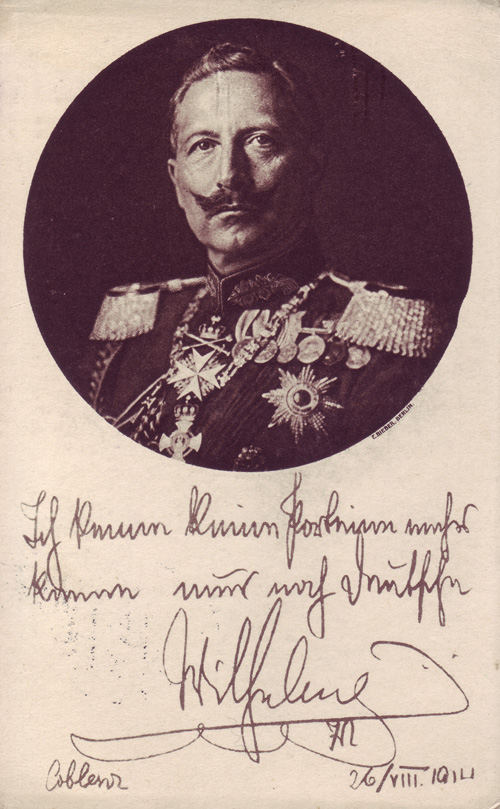„ It is not true that our conduct of war disobeys the international law. Uncontrolled ferocity is no part of it. While in the East the ground is soaked with woman’s and children’s blood and in the West the breasts of our Warriors are shredded from dum dum projectiles. Those who ally with Russians and Serbs and present the shameful spectacle to the world of haunting the white race with Mongolians and Negroes have the least right to act as protectors of the European Civilization. “ (Source 1: Manifesto of the 93)
When German troops in the night leading up to the 4th August crossed the border to their Western neighbor in breach of the neutrality of Belgium contrary to international law – what lead to the declaration of war by Great Britain – they were involved in heavy fighting at the battle of Liège. While at the same time the reports of purported attacks by civilians and irregulars, the so called Franctireurs were increasing. The official regulations of the German Army (“Felddienstordnung”) disallowed the right to resist of the population that was part of the Hague Convention and the German side used such rumors to legitimate numerous acts of violence against the civil population. 5,521 civilians have been killed in mass executions, deportations and arsons in the course of the German invasion. The worst massacres where committed by Saxon troops in the province of Namur on the 23rd of August, when they slaughtered 674 of 7,000 inhabitants of the City of Dinant – a town of importance as a bridge head over the Maas river – among them 92 women and 28 children. The Saxons executed unarmed civilians, used humans as shields and threatened to execute hostages. 400 persons have been kidnaped and where brought to Germany, the city had been ransacked and was almost completely burned. A few days later the German troops raged in the time-honored university town of Leuven, killed because of purported attacks by Franctireurs 248 inhabitants ignited numerous buildings, amongst the unique library with its precious medieval Collection.
War routine and omnipresent death were accompanied by a cavalcade of illustrated postal cards that communicated different visual impression of the fighting and live behind the lines with the home front
(source 2).

Propagandistic postal card „Ich kenne keine Parteien mehr ...“ (Henceforth, I know no parties) (1915)
It was inevitable that the propagandistic positions would be further entrenched during the curse of the war. The rape of the innocent Belgium remained a popular motive (source 5). It hasn’t been long since popular Works about the First World War are able to present a more differentiated view (source 6).
Uwe Fraunholz, Dresden 2015
Bibliography- Rüdiger vom Bruch: Geistige Kriegspropaganda. Der Aufruf von Wissenschaftlern und Künstlern an die Kulturwelt, in: Rüdiger Hohls, Iris Schröder, Hannes Siegrist (Hg.): Europa und die Europäer. Quellen und Essays zur modernen europäischen Geschichte, Stuttgart 2005, S. 392-394.
- Kurt Flasch: Die geistige Mobilmachung. Die deutschen Intellektuellen und der Erste Weltkrieg. Ein Versuch, Berlin 2000.
- Jürgen von Ungern-Sternberg, Wolfgang von Ungern-Sternberg: Der Aufruf „An die Kulturwelt!“ Das Manifest der 93 und die Anfänge der Kriegspropaganda im Ersten Weltkrieg. Mit einer Dokumentation, Stuttgart 1996.